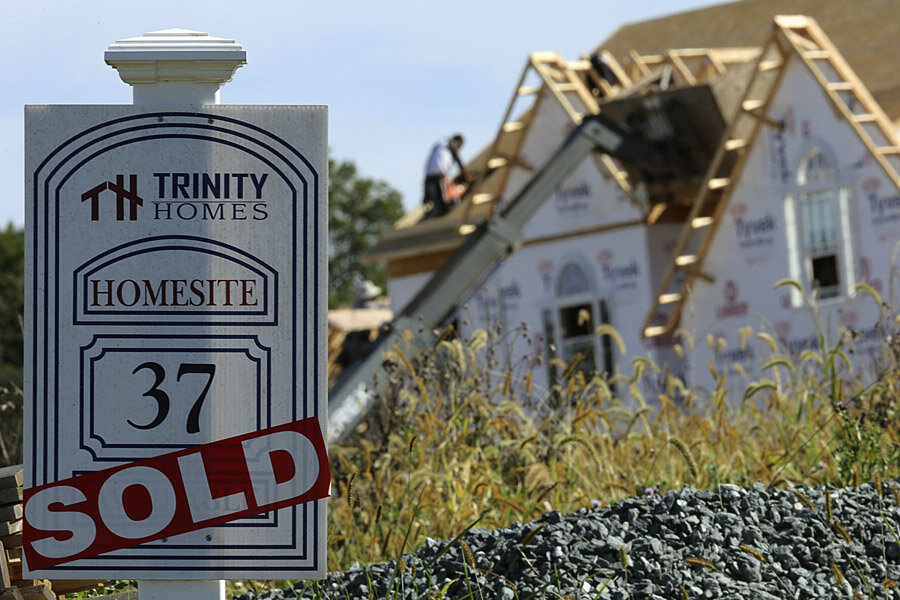Home prices rise at slowest pace in two years. Why that’s good news.
Loading...
Fueled by a tight market and a journey back from historic lows, home prices had been growing at a speedy clip in recent years. But things have slowed in the past few months, and that may actually be a good thing in the long term.
Prices for single-family homes across the country’s major cities grew at their slowest pace in nearly two years in July, according Case-Shiller's monthly home price index. Both the 10-city and 20-city index fell 0.5 percent; year over year, both have risen 6.7 percent since July 2013. Economists had been expecting growth to remain flat at 0 percent.
The July figures were the culmination of a gradual, yearlong price slowdown.
“While the absolute level of non-seasonally adjusted home prices continues to rise, the rate of gain has decelerated markedly from a peak of 13.7 percent in November 2013 to a current 6.7 percent,” Joshua Shaprio, an economist with MFR, Inc., writes via e-mailed analysis. “We believe this trend will continue, and that before too long y/y rates of change will be negligible and that overall price levels will likewise have flattened out.”
Prices fell in 14 of the 20 cites listed on the Case-Shiller index. Three cities saw price growth, and prices were flat in three cities. The biggest growth was in Las Vegas, where prices have climbed 12.8 percent since July 2013.
Consistent, substantial price gains have been a feature of the housing recovery over the past two years – credit for a home loan was (and is) harder to come by, and there just wasn’t a normal level of inventory in many areas of the country. “Nearly all metropolitan areas were consistently posting gains on a monthly basis,” Michael Gapen, an economist with Barclays research, writes via e-mail. “The pace of slowing across the national home prices indices has been somewhat more abrupt than we had expected entering the year.”
On one level, that’s concerning. In some areas, including those hit hardest by the housing crash, prices still haven’t reached pre-recession levels, and a price deceleration won't help. However, “the good news is that this pace of growth indicates that home prices continue to be driven by fundamentals in the majority of these cities,” say IHS Global Insight economists Stephanie Karol and Patrick Newport in an e-mailed analysis. “In the three months ended July, seasonally-adjusted inventories of existing homes expanded 5.3p percent year-on-year, the largest such gain since 2011. Furthermore, yearly home price gains continue to outpace PCE inflation in all of the 20 cities except Cleveland.”
Coupled with an improving labor market in most cities, they say, a price slowdown could help ramp up home purchases later in the year.
Elsewhere in the economy, consumer confidence slipped in September after hitting a post-recession high in August, falling from 93.4 to 86 according to the Conference Board’s reading. Despite the steep drop, it was the fourth-highest reading during the recovery, according to Barclay’s Research.






